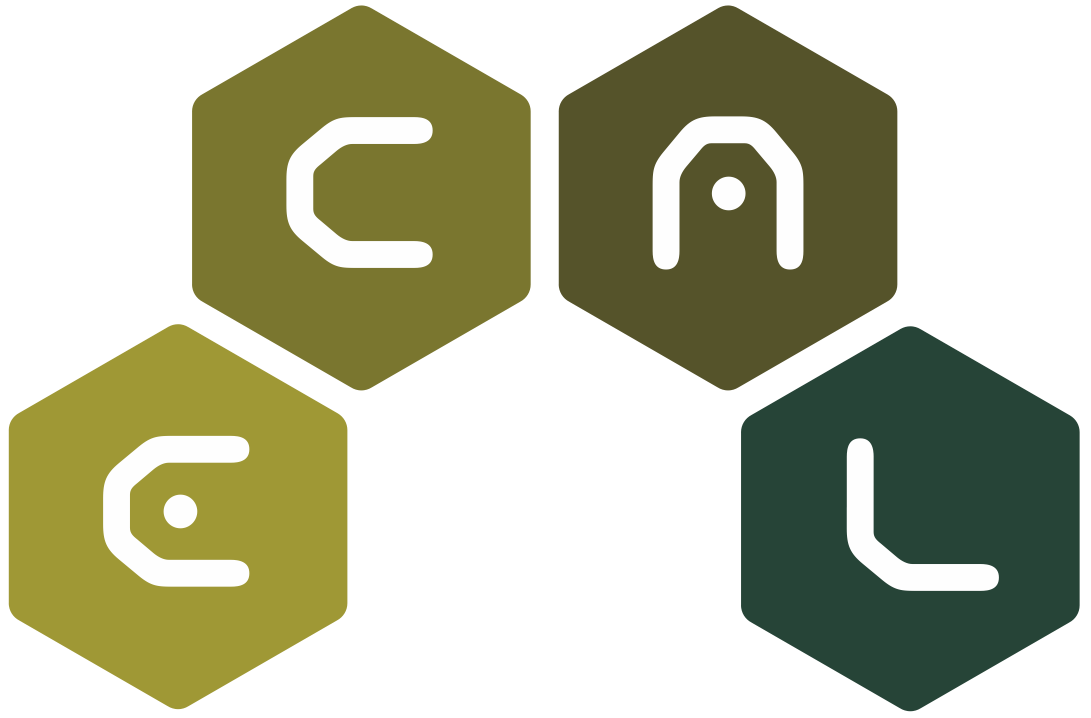Title
Evolutionary change precedes extinction in eco-evolutionary dynamics based on a 3D virtual predator-prey system

Evolutionary change precedes extinction in eco-evolutionary dynamics based on a 3D virtual predator-prey system
Download via this paper's page on the MIT Press ECAL 2015 Proceedings website.
Recent studies have reported that population dynamics and evolutionary dynamics, occurring at different time scales, can be affected by each other (Fussmann et al., 2007). Accepting not only that ecology affects evolution but also that evolution affects ecology lead to our recognition of the existence of eco-evolutionary (ecogenetic) feedbacks. We have been exploring the interaction between population and evolutionary dynamics using an Artificial Life approach based on a 3D physically simulated environment in the context of the predator-prey and morphology-behavior coevolution.
The first purpose of this study is to demonstrate coevolution between the predator and prey, and between morphology and behavior at the same time, by extending our previous model in which we evolved prey only to clarify the basic dynamics of eco-evolutionary feedbacks (Ito et al., ress). The second purpose is to explore the possibility of the extended model. We focus on the extinction, one of the most serious environmental issues, caused by the predatorprey and morphology-behavior coevolution. Specifically, we identify and elaborate a trait measure that can foresee an extinction of a species.
We use Morphid Academy as an open-source simulation system to evolve virtual creatures in a 3D physically simulated environment, in which the morphologies and behaviors of virtual creatures are evolved using a genetic algorithm. To represent the interaction between the group of predators and prey, we simulate every individual of both population pools in a shared environment (Ito et al., ress). Both species’ traits and population size evolve concurrently. Each individual is evaluated on basis of 1) predation or escape ability and 2) cost of the body (it is incurred in proportion to an individual’s body volume). They have chance to reproduce, with the expected number of offspring being determined by the sum of the evaluation value of the parents.
We observed the various patterns of extinction and looked for an index which changes when the ecosystem approaches extinction. We defined extinction as a sudden stop of the periodic increase and decrease in both population sizes (akin to the Lotka-Volterra system), followed by a state of very low (high) predator (prey) population size (near minimum (maximum) population size). We found a reasonable correlation between the remaining time until extinction and a simple index. The index we identified is the rate of change in the volume of body. For all cases of extinction observed in our experiments, first, we measured this index between two generations which are some generations apart from each other before extinction. Then we calculated the relation between this index of both species and the time from the generation to extinction. Analyzing 48 extinction events among 50 evolutionary experiments, we found that the remaining time until extinction was short when this index was large, and the time was long when this index was small. Specifically, calculating 95% confidence intervals, the shortest average remaining time until extinction was 151.7 ± 13.8 generations when the increase rate was +0.15 to +0.20, and the longest was 452.7±12.3 generations when the rate was −0.60 to −0.65.
We hypothesize that the reason for this correlation is as follows: In our previous study, we found that the large body volume contributes to the good predation / escape strategies because the agent which has the large volume of their body can move faster and can guard from contact by predator to the specific body parts using other body parts. Both species acquire good strategies with high body volume cost as a result of the arms race between predation and escape abilities. However, a predator with a good strategy and a large body can offset the cost of its large body with its high predation success when the population density is high, but not when the population density is low. This causes an increase in the extinction risk of the predators when the population is in the low-density phase of its Lotka-Volterra dynamic. It shows that trait evolution can affect extinction risk in the predatorprey relationship in eco-evolutionary feedbacks.
We reported on the first step for searching the indices used for the prediction of extinction based on eco-evolutionary dynamics. The next focus must be whether or how broadly the simple index we found can be applied to the extinction events in nature.